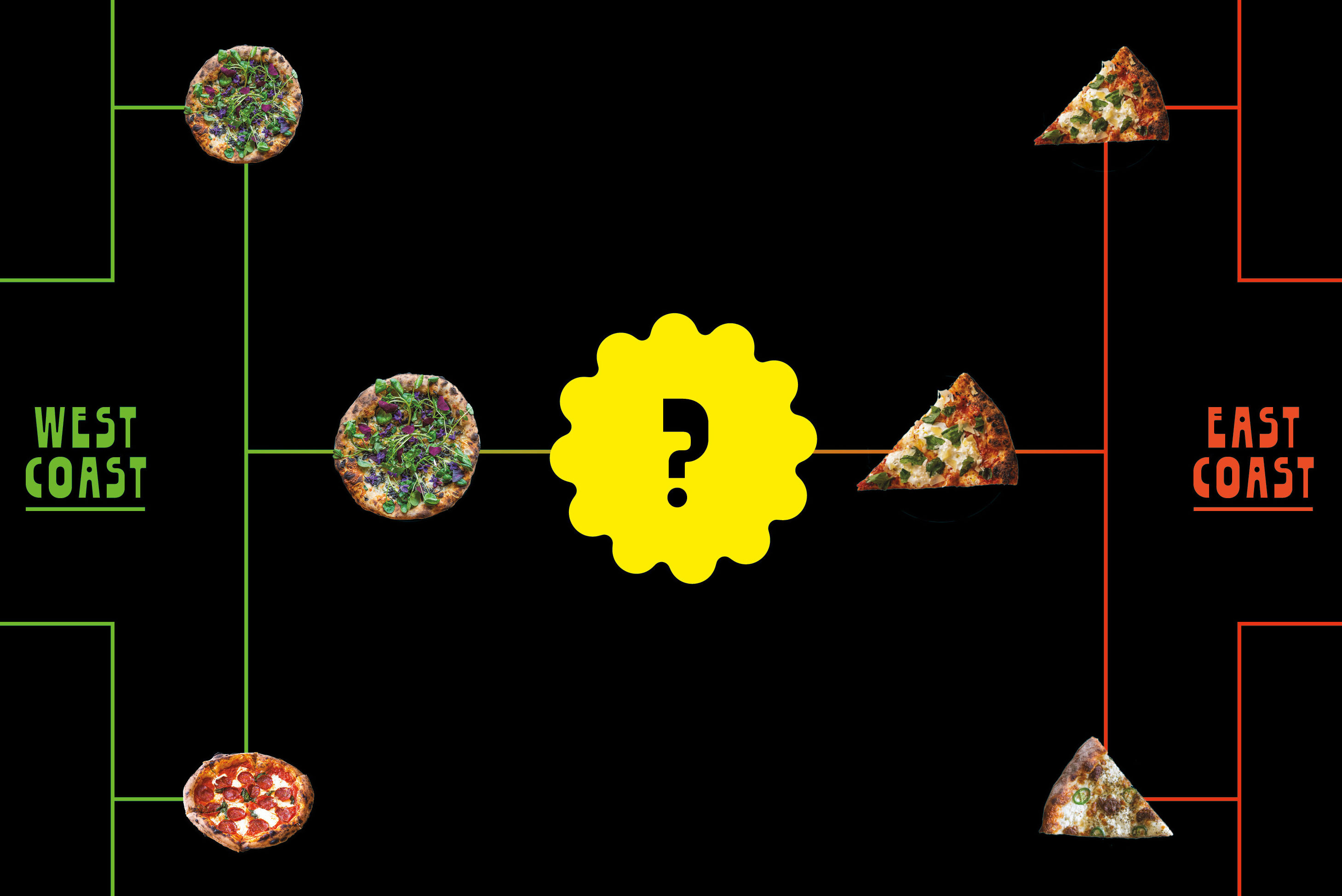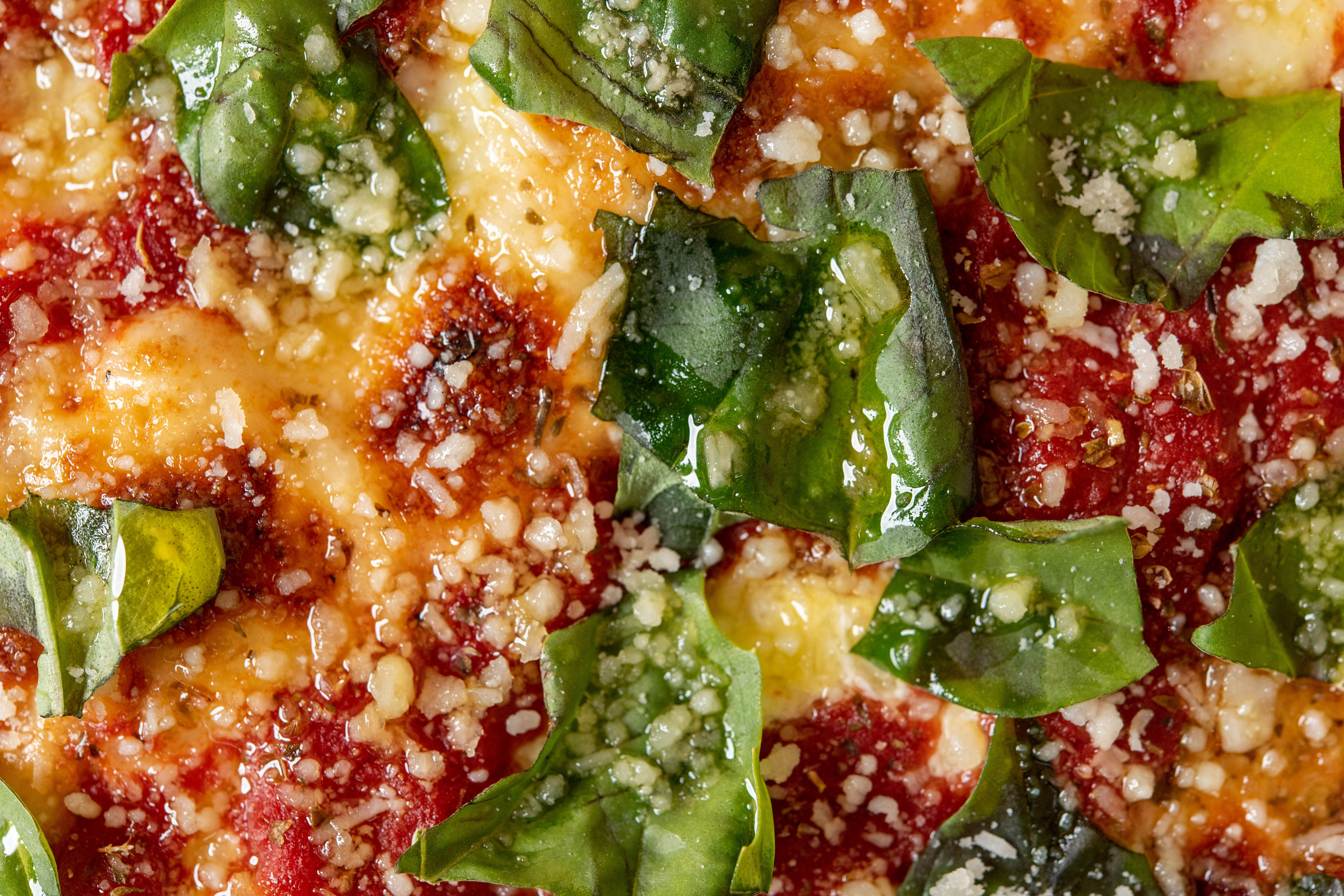How to Grow a Pizza
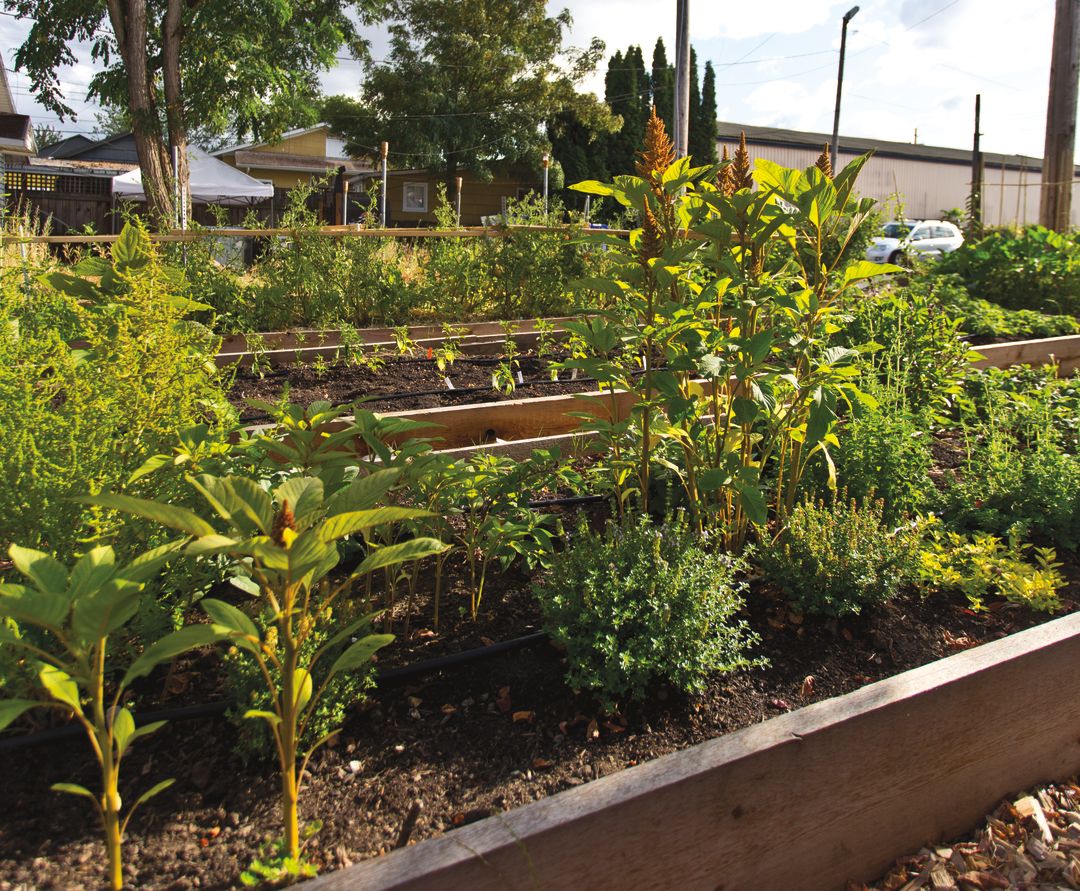
Image: Michael Novak
Pizza Jerk boasts righteous pies, a raucous rock soundtrack, and a sit-down Space Invaders video game. This summer the cultishly loved Cully neighborhood pizza parlor also added what may be Portland’s most ambitious restaurant garden—packed full of rare Italian tomatoes, spicy greens, and delicate squash blossoms to inspire and supply new menu specials.
Jerk chef-owner (and gardening neophyte) Tommy Habetz says he started with a simple strategy: “What foods make us the most happy? What could we share with everybody else?” That modest goal grew into an international crop showcase once the chef partnered with Portland Seedhouse’s Evan Gregoire. The local farmer and seed-saving evangelist sells heirloom produce to chic local restaurants such as Renata and cultivates arcane European vegetables rarely seen stateside.
Gregoire, Habetz, and the Pizza Jerk crew spent two sweaty spring months rehabbing a dumping ground of oil-soaked asphalt chunks and broken beer bottles behind the restaurant into a rangy urban food forest. Pizza Jerk was closed all summer after a kitchen fire, but the garden kept growing. Now, the parlor’s avid regulars can sit at picnic tables and devour pies often graced with the ever-changing contents of the raised beds a few yards away.
Habetz hopes to hold cooking and harvesting demos in the homey garden—and to screen movies and stream baseball games. “I think of it as Portland’s ultimate backyard. It’s not a Thomas Keller garden,” he says, referencing the famously fastidious French Laundry chef’s picture-perfect restaurant farm. “But it’s got that level of produce ... and cooking.”
PLANT TO PLATE
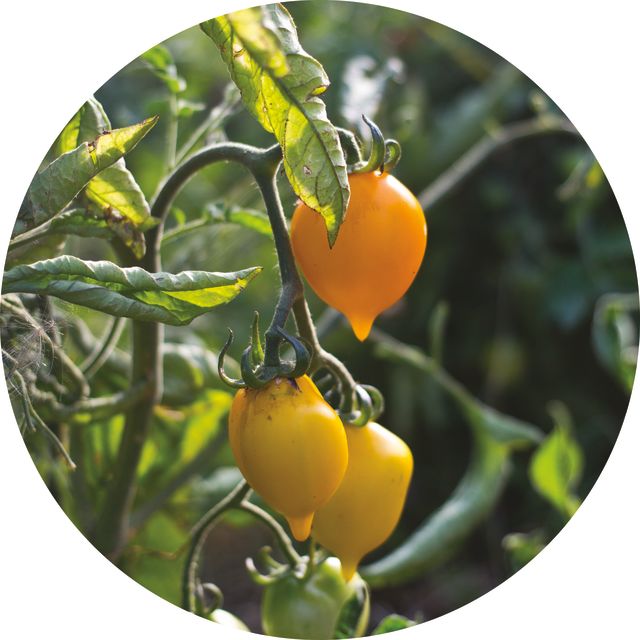
Canestrino & Costoluto Pesarese Tomatoes
Image: Michael Novak
Move beyond your garden center’s usual seed suspects with these “Jerk Garden” heroes—with prep suggestions from Chef Habetz himself.
Canestrino & Costoluto Pesarese Tomatoes While in Italy in 2014 as an Oregon delegate to Slow Food’s Terra Madre conference, farmer Gregoire scoured Italian villages for little-known tomato varietals. Neither of these gems were grown in the United States before the farmer spirited them back to Portland. The Canestrino, often found around Tuscany’s Lucca area, is a straight-up sauce tomato—meaty and rich. The beefsteaky Costoluto Pesarese is a rarer fruit with soft flesh and an aromatic taste, best eaten raw. Habetz says: “We use these in pizza sauces, simple salads, or a ratatouille with squash and peppers.” portlandseedhouse.com
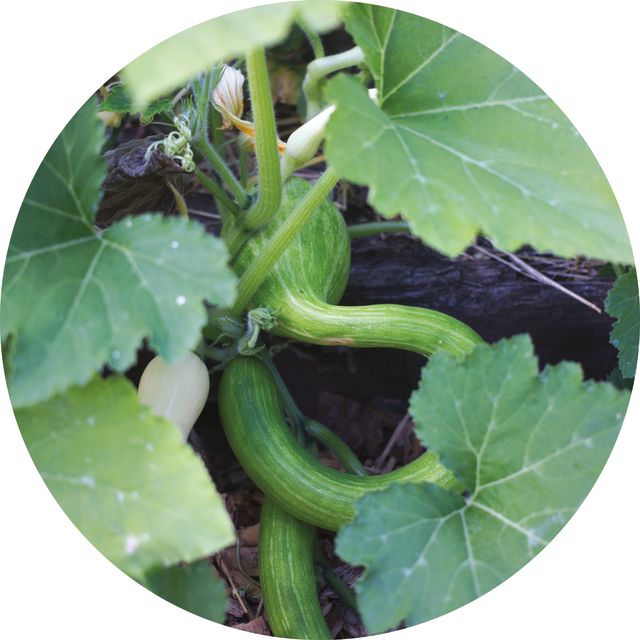
Tromboncino Squash
Image: Michael Novak
Tromboncino Squash This curvy Italian monster squash grows up to three feet long, its winding vines colonizing fencing like an alien invasion. In summer, the squash trends sweet and mild; winter accentuates its complex, butternutty side. Habetz says: “Squash-jam-and-ricotta-filled ravioli with some sage and brown butter would be killer. Also, pizza with squash blossoms and ricotta with marinated anchovies.” portlandseedhouse.com
Korean Shiso The milder cousin of Japanese shiso, this unique, large-leafed herb flaunts a soft hit of apple and mint. Habetz says: “I’ve been working on a shiso pesto pizza topped with marinated seafood.” kitazawaseed.com

Korean Shiso
Image: Michael Novak
High Mowing organic non-gmo hotshot Mix High Mowing bundles complementary seeds together for a vivid, complex salad starter. The hit of this seed packet is a frilly, intense, nearly wasabi-hot mustard green. Habetz says: “We offer the mustard greens as a topping on pizza, in different salads, and in walnut and arugula pesto. When you get it straight from the garden it has more of a bite to it—it really hits you. It’s just so good.” highmowingseeds.com
Panzariedd Pole Beans A thin-skinned, creamy bean traditionally found in Casalbuono, in the southern part of Italy’s Salerno province. Habetz says: “Italian shell beans are so good slow-cooked with sage, garlic, and oil or served simply as ribollita soup. I want to experiment with a bean pizza, too.” portlandseedhouse.com

